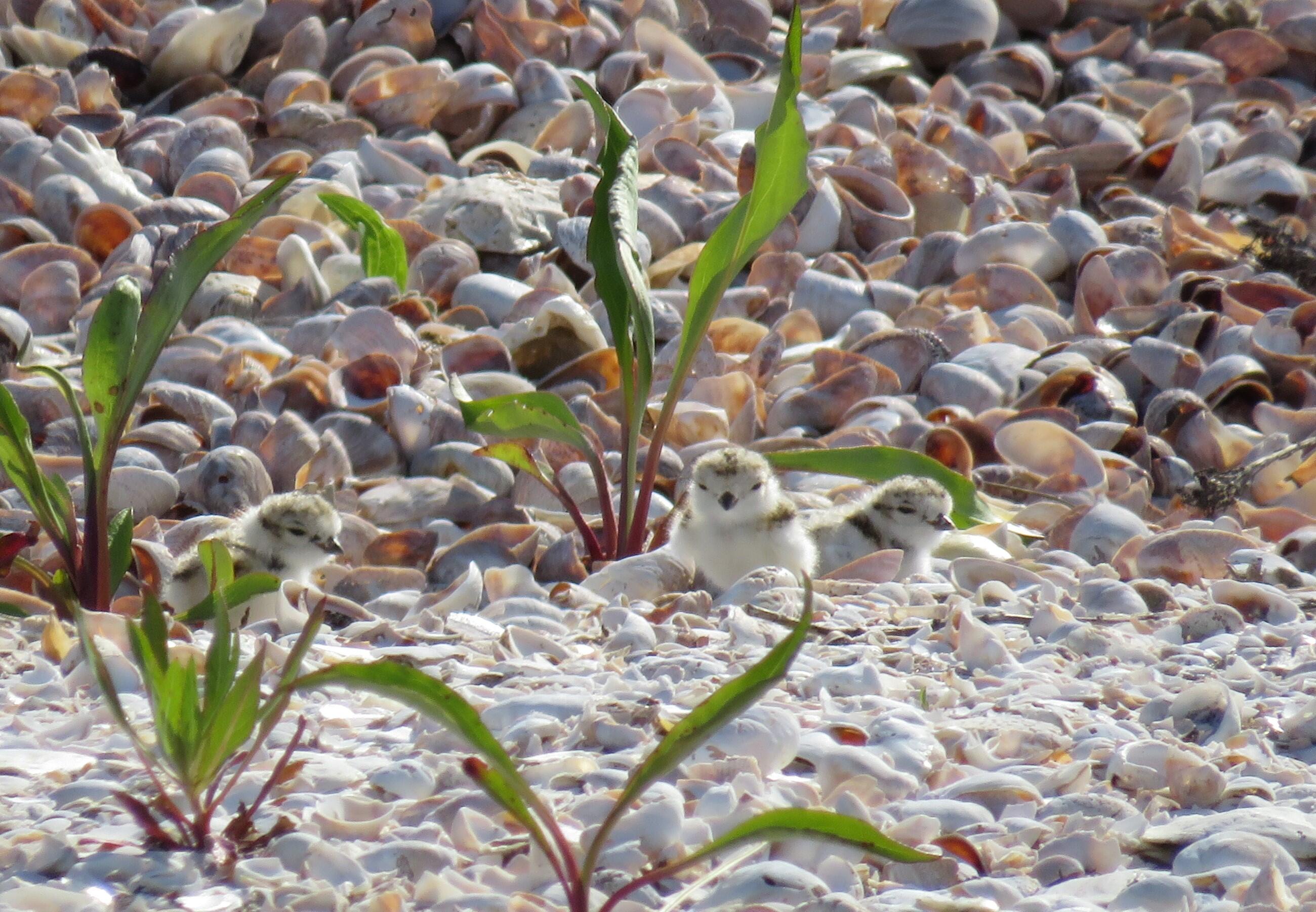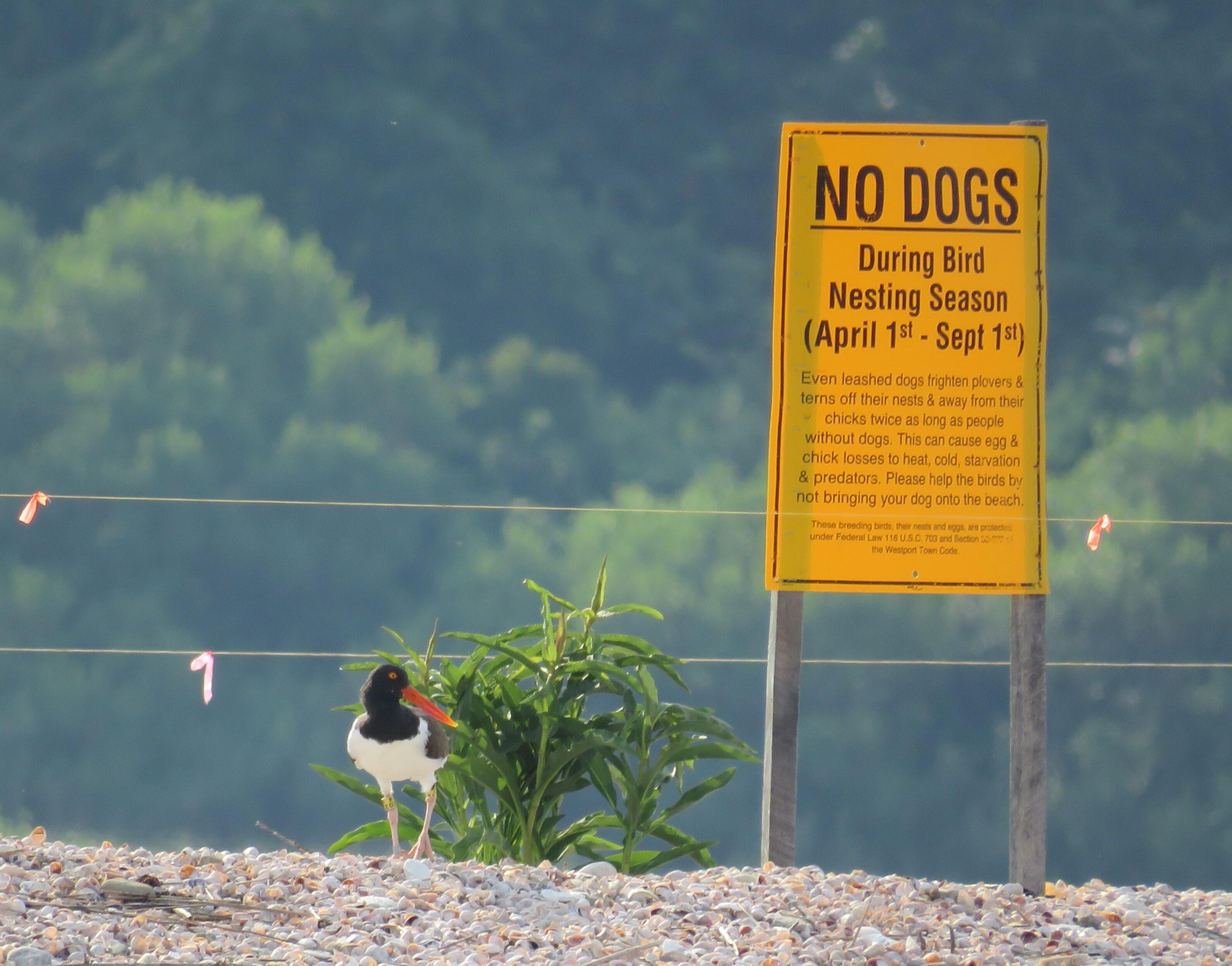Coastal birds are in crisis, and our marshes, islands, and beaches are being squeezed by rising sea levels and human development.
Audubon is working to address these pressing issues by reducing threats to beach-nesting birds, restoring and protecting coastal habitats, and creating paid opportunities for young people to become the conservation leaders of tomorrow.
We are proud to share all that was accomplished in 2023!
New Project Announcement! Hammonasset Beach State Park
We are receiving $618,110 from the US Environmental Protection Agency’s Long Island Sound Study National Estuary Program, courtesy of a grant awarded to the Connecticut Department of Energy and Environmental Protection (DEEP). The funds will help kick-start a major salt marsh restoration project, starting with assessments and design development for a living shoreline and culverts to accommodate sea level rise. In addition to American Oystercatchers, Piping Plovers, and Saltmarsh Sparrows, our work in this Globally Important Bird Area will benefit migratory landbirds, shorebirds, and raptors.
Looking ahead, we are planning to:
- Partner with the Meigs Point Nature Center to conduct trainings and field trips to the park for state-identified environmental justice communities.
- Partner with Menunkatuck Audubon Society and CPEN to employ youth from Newhallville to grow salt marsh plants for restoration projects.

Continued Growth at Great Meadows Marsh
This summer, paid "Salt Marsh Stewards" (students from Bunnell and Stratford High Schools) worked alongside volunteers to plant nearly 20,000 native shrubs and plants and to remove invasive vegetation in and around the site. The restored habitat has become a conservation science hub, where we and our partners are conducting research to inform how we progress at Great Meadows and how to conduct successful salt marsh conservation elsewhere.
Looking ahead, we are planning to:
- Reinvent our youth employment program in Stratford by adding stewardship at Long Beach and expanding the duration of the program from May - August to enhance students’ experience. Our crews currently work at Great Meadows, Sandy Point in West Haven, and Pleasure Beach in Bridgeport.

Shorebird Stewardship in Bridgeport, West Haven, and other local beaches and offshore islands
Every summer brings challenges to our beach-nesting birds, including off-leash pets, illegally operated ATVs, drones, and predators destroying nests.
We worked to protect individual nests and the vulnerable chicks, while educating the public through face-to-face interactions on the beach, on the CT DEEP Outreach Boat, at the Beardsley Zoo, and at Mystic Aquarium. Our WildLife Guards taught ~100 students about beach-nesting birds!
Our efforts, along with our partners’, paid off: While the numbers are not yet finalized, it looks like Piping Plovers and American Oystercatchers did incredibly well in 2023! In fact, CT was home to the highest recorded number of pairs ever monitored in our state. Unfortunately, Least Terns did not do as well; productivity is still being calculated, but is expected to be low as a result of predation and human disturbance.
79 pairs of Piping Plovers are projected to have had a productivity of at least 1.33 fledglings per pair (1.2 is indicative of a stable population). Of the 115 pairs of American Oystercatchers monitored, 92 pairs were confirmed breeding and fledged an estimated 80 chicks for a projected productivity of 0.87 (well above the recovery plan goal of 0.5 fledglings per pair).
Looking ahead, we are planning to:
- Improve upon new tactics launched in 2022 to reduce disturbances to beach nesting and migratory shorebirds, specifically at Long Beach and Milford Point. Next year, we plan to increase our outreach efforts and deploy new signage depicting how to "Share the Shore" with our beach nesting and resting shorebirds.

Bird Protection Law Passed in the General Assembly
Our policy team worked closely with the Connecticut General Assembly Environmental Committee to ensure passage of H.B. 6813. Signed into law by Gov. Ned Lamont in June, the bill authorizes the state to set up a seabird and shorebird protection program and empowers state environmental law enforcement officers to write tickets for incidents that might threaten or cause harm to protected seabird and shorebird nesting areas.
Looking ahead, we are planning to:
• In partnership with the CT DEEP, develop and administer trainings for state park rangers to support the enforcement of the new Shorebird Protection Area Act.



